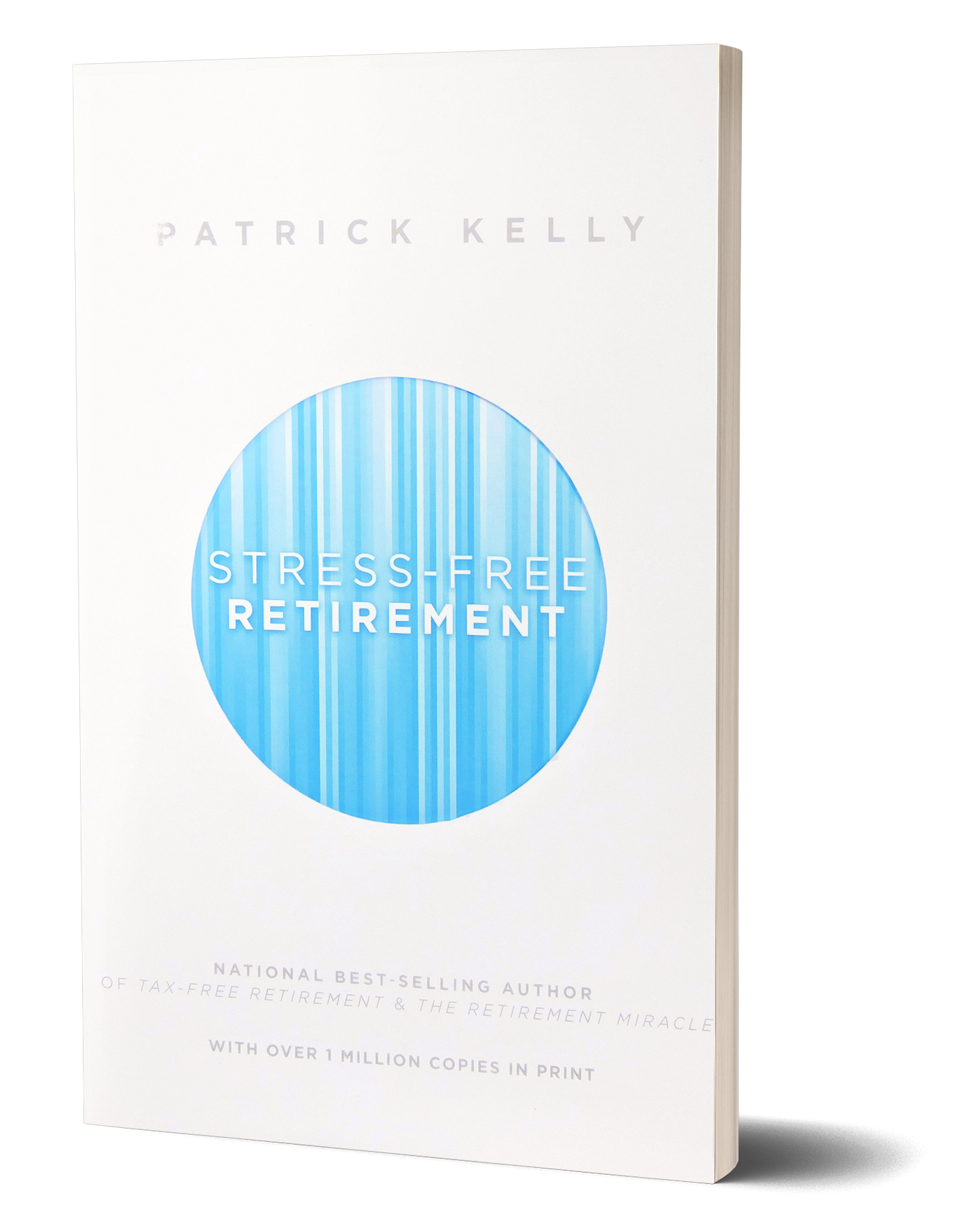Living Trust:
A trust is a relationship whereby property is held by one party for the benefit of another. A trust is created by a settlor, who transfers some or all of his or her property to a trustee. The trustee holds that property for the trust’s beneficiaries. Trusts have existed since Roman times and have become one of the most important innovations in property law. An owner placing property into trust turns over part of his or her bundle of rights to the trustee, separating the property’s legal ownership and control from its equitable ownership and benefits. This may be done for tax reasons or to control the property and its benefits if the settlor is absent incapacitated, or dead. Trusts are frequently created in wills, defining how money and property will be handled for children or other beneficiaries. The trustee is given legal title to the trust property, but is obligated to act for the good of the beneficiaries. The trustee may be compensated and have expenses reimbursed, but otherwise must turn over all profits from the trust properties. Trustees who violate this fiduciary duty are self-dealing. Courts can reverse self-dealing actions, order profits returned, and impose other sanctions. The trustee may be either an individual, a company, or a public body. There may be a single trustee or multiple co-trustees.
Living Will:
A will or testament is a legal declaration by which a person, the testator, names one or more persons to manage his or her estate and provides for the distribution of his or her property at death. For the devolution of property not disposed of by will, see inheritance and intestacy. Though it has at times been thought that a “will” was historically limited to real property while “testament” applies only to dispositions of personal property (thus giving rise to the popular title of the document as “Last Will and Testament”), the historical records show that the terms have been used interchangeably. Thus, the word “will” validly applies to both personal and real property. A will may also create a testamentary trust that is effective only after the death of the testator. A will or testament is a legal declaration by which a person, the testator, names one or more persons to manage his or her estate and provides for the distribution of his or her property at death. For the devolution of property not disposed of by will, see inheritance and intestacy. Though it has at times been thought that a “will” was historically limited to real property while “testament” applies only to dispositions of personal property (thus giving rise to the popular title of the document as “Last Will and Testament”), the historical records show that the terms have been used interchangeably. Thus, the word “will” validly applies to both personal and real property. A will may also create a testamentary trust that is effective only after the death of the testator.
Insurance Planning:
A life insurance trust is an irrevocable, non-amendable trust which is both the owner and beneficiary of one or more life insurance policies. Upon the death of the insured, the Trustee invests the insurance proceeds and administers the trust for one or more beneficiaries. If the trust owns insurance on the life of a married person, the non-insured spouse and children are often beneficiaries of the insurance trust. If the trust owns “second to die” or survivorship insurance which only pays when both spouses are deceased, only the children would be beneficiaries of the insurance trust.
In the United States, proper ownership of life insurance is important if the insurance proceeds are to escape federal estate taxation. If the policy is owned by the insured, the proceeds will be subject to estate tax. (This assumes that the aggregate value of the estate plus the life insurance is large enough to be subject to estate taxes.) To avoid estate taxation, some insured’s name a child, spouse or other beneficiary as the owner of the policy.
There are, however, two drawbacks to having insurance proceeds paid outright to a child, spouse or other beneficiary. Doing so may be inconsistent with the insured’s wishes or the best interests of the beneficiary, who might be a minor or lacking in financial sophistication and unable to invest the proceeds wisely. The insurance proceeds will be included in the beneficiary’s taxable estate at his or her subsequent death. If the proceeds are used to pay the insured’s estate taxes, it would at first appear that the proceeds could not be on hand to be taxed at the beneficiary’s subsequent death. However, using insurance proceeds to pay the insured’s estate taxes effectively increases the beneficiary’s estate since the beneficiary will not have to sell inherited assets to pay such taxes.
The solution to both drawbacks is usually an irrevocable life insurance trust. If possible, the trustee of the insurance trust should be the original applicant and owner of the insurance. If the insured transfers an existing policy to the insurance trust, the transfer will be recognized by the Internal Revenue Service only if the insured survives the date of the transfer by not less than three years. If the insured dies within this three-year period, the transfer will be ignored and the proceeds will be included in the insured’s taxable estate.
Insurance trusts may be funded or non-funded. A funded life insurance trust owns both one or more insurance contracts and income producing assets. The income from the assets is used to pay some or all of the premiums. Funded insurance trusts are not commonly used for two reasons:
The additional gift tax cost of transferring income producing assets to the trust and the grantor trust rules of IRC §677(a)(3) cause the grantor to be taxed on the trust’s income. Unfunded insurance trusts own one or more policies of insurance and are funded by annual gifts from the grantor.
Customarily, the trustee of the insurance trust is authorized, but not required, to either purchase assets from the insured’s estate or loan insurance proceeds to his or her estate. Since the trustee of the insurance trust possesses all incidents of ownership in the insurance policy, the insurance trust provides the insured’s estate with liquidity while shielding the insurance proceeds or assets purchased with the proceeds from estate tax when the insured dies, provided the trust has the appropriate Settle or and trustee.
Crummy Trusts:
In the United States a Crummy Trust (named for the first person to use such a structure) is a trust for the benefit of individuals into which gifts are made in a manner qualifying them for exclusion from the unified gift and estate tax.
Normally, gifts to minors are subject to parental/guardian control until the age of majority. In order to delay the transfer of control beyond the age of 18, the funds must be placed in trust.
However, the annual gift exclusion ($14,000 per individual and $28,000 per married couple as of 2014) from the gift tax is only available for gifts of so-called current interests. Normally, a gift into a trust that comes under control of the beneficiary at a future date does not constitute a current interest.
A Crummy trust achieves the desired treatment by offering the recipient a window of time (often 30 days) to take immediate control of the gift. (The control offered only applies to the current gift–by assumption, an amount no greater than the annual exclusion amount–not the entire trust.) If the recipient fails to do so during that window, the gift becomes part of the trust, and is subject to the trust’s distribution conditions. However, since the recipient had the opportunity to receive the funds outside of the trust, the gift is deemed to be a current interest, subjecting it to the annual exclusion.
The expectation of future annual gifts under the same mechanism (or the expectation of the withholding of such future gifts if the recipient exerts control over the gift) may motivate the recipient to relinquish control of the funds into the trust.
Legacy or Dynasty Trusts
A dynasty trust is a trust designed to avoid or minimize estate taxes being applied to great family wealth with each transfer to subsequent generations. By holding assets in the trust and making well-defined distributions to each generation, the entire wealth of the trust is not subject to estate taxes with the passage of each generation.
Dynasty trusts in the United States are the combined result of the imposition of the generation-skipping transfer tax upon trusts that attempted to bypass transferring all assets to children, and the repeal of the rule against perpetuities by states attempting to attract the great wealth of such trusts.
Charitable Giving:
A charitable trust is an irrevocable trust established for charitable purposes, and is a more specific term than “charitable organization”.
In the United States, many individuals use charitable trusts to leave all or a portion of their estate to charity when they die, both for philanthropic purposes and for certain tax benefits. Charitable trusts may be set up inter -vivos (during a donor’s life) or as a part of a trust or will at death (testamentary). There are two basic types of US charitable trusts. The first is a “lead” trust, wherein the charity is paid first, and the remainder, after trust termination, goes to beneficiaries, such as heirs or back to the donor. The second is a “remainder” trust, wherein the charity is paid last after termination of the trust, after other beneficiaries have received payments. Payments may be fixed amount, annuity trust, or a percentage of principle, which is called unitrust.
Charitable remainder trusts are irrevocable structures established by a donor to provide an income stream to the income beneficiary, while the public charity or private foundation receives the remainder value when the trust terminates. These “split-interest” trusts are defined in §664 of the Internal Revenue Code of 1986 as amended and are normally tax-exempt. A section 664 trust makes its payments, either of a fixed amount (charitable remainder annuity trust §664(d)(1)(D)) or a percentage of trust principal (charitable remainder unitrust), to whomever the donor chooses to receive income. Normally, the donor may claim a charitable income tax deduction, and may not have to pay an immediate capital gains tax when the charitable remainder trust disposes of the appreciated asset and purchases other property as it diversifies its portfolio of trust property. At the end of the trust term, which may be based on either lives or a term of years, the charity receives whatever amount is left in the trust. Charitable remainder unitrusts (§664(d)(2)(D)- paying a fixed percentage) provide some flexibility in the distribution of income, and may be helpful in retirement planning, while charitable remainder annuity trusts paying a fixed dollar amount are more rigid and usually appeal to much older donors unconcerned about inflation’s impact on income distributions who are using cash or marketable securities to fund the trust.
Parents who have a child with a disability should ensure that the inheritance they leave for their child does not affect their child’s eligibility for social assistance programs. A Henson trust can be useful to ensure this.
Charitable lead trusts make payments, either of a fixed amount (charitable lead annuity trust) or a percentage of trust principal (charitable lead unitrust), to charity during its term. At the end of the trust term, the remainder can either go back to the donor or to heirs named by the donor. The donor may sometimes claim a charitable income tax deduction or a gift/estate tax deduction for making a lead trust gift, depending on the type of a charitable lead trust. Generally, a non-grantor lead trust does not generate a current income tax deduction, but it eliminates the asset (or part of the asset’s value) from the donor’s estate.














